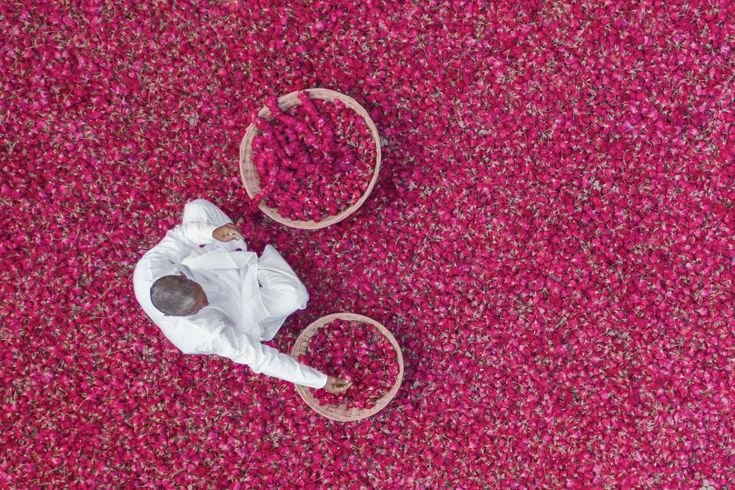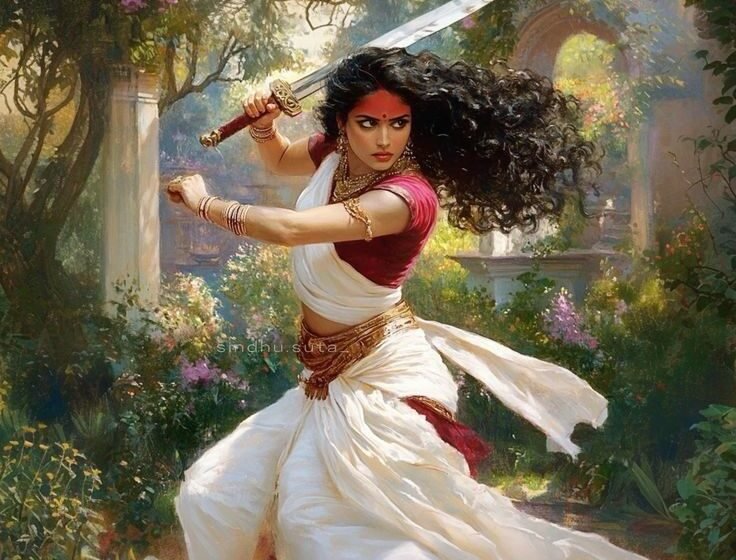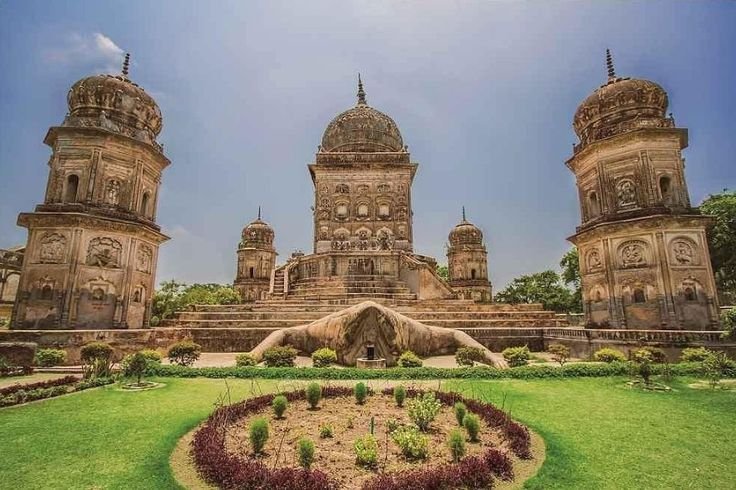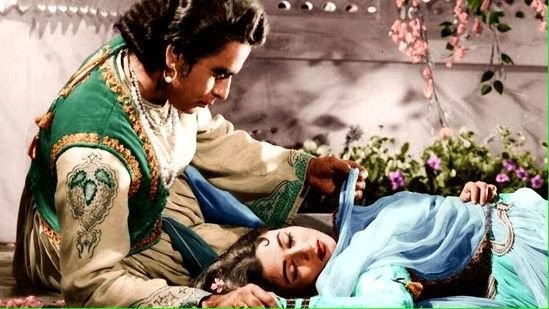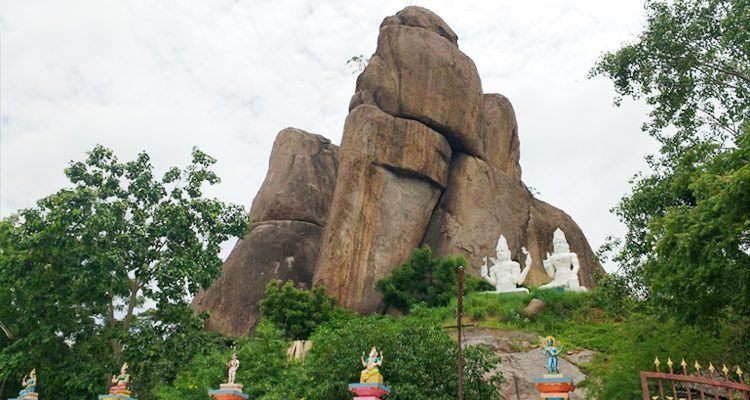-Mili Joshi Stories were in the air of ancient Indian palaces — stories of power, devotion, and artistry. With each breath, whispers of rose, sandal, and jasmine entered the lungs. Not mere sweet scents; they were a civilization’s lifeblood. Now we live among quick, ephemeral chemical fragrances — all very handy but easily forgotten. But […]Read More
Tags : CULTURE
The Forgotten Indian Female Warriors: Unsung Heroes of Medieval India
-Mili Joshi The Forgotten Indian Female Warriors: Unsung Heroes of Medieval India When we think of India’s history, we often picture mighty kings, grand forts, and famous battles. But behind these stories stand many brave women whose names never made it to our textbooks. These women fought invaders, protected kingdoms, and ruled with iron wills. […]Read More
-Mili Joshi In India, rivers are more than flowing water. They are living deities, guardians, mothers. They carry stories, songs, and prayers along their winding paths. People gather by their banks to celebrate, mourn, heal, and hope. When we think of India’s sacred rivers, the Ganga comes first. But India’s river culture is deeper and […]Read More
-Mili Joshi Deep in the rugged landscape of Tamil Nadu, archaeologists have made a discovery that rewrites the story of human civilization in India. The Gudiyam Cave excavation has revealed evidence of our earliest ancestors—skilled toolmakers who lived and worked in this region over 385,000 years ago. This remarkable find pushes back the timeline of […]Read More
-Mili Joshi Have you ever wondered what makes a place truly magical? Sometimes it’s not the grandest monuments or the most famous shrines that capture our hearts. Sometimes it’s the quiet, unusual places that hold the deepest mysteries. In the small town of Oel, just 12 kilometers from Lakhimpur in Uttar Pradesh, stands one such […]Read More
-Mili Joshi Standing at the edge of the Chenab River valley in Jammu and Kashmir, you might find yourself craning your neck skyward, trying to spot the thin silver line that cuts across the heavens. That’s the Chenab Bridge – a structure so tall it touches the clouds, so ambitious it seemed impossible just a […]Read More
-Khirabdhi Tanaya Gour Hidden in the high mountains and veiled in secrecy, the Special Frontier Force (SFF)—often called India’s covert Tibetan warriors—has played a crucial but largely unsung role in the nation’s strategic operations since the 1960s. Formed in the shadows of international politics and operating on the frontlines of the world’s most treacherous terrains, […]Read More
→ Explore the debates around historical inaccuracies in films like Braveheart, The Patriot, or Pearl Harbor. -Anushka Sengupta “Hollywood vs. History: When Cinema Twisted the Past for the Plot” → Explore the debates around historical inaccuracies in films like Braveheart, The Patriot, or Pearl Harbor. Introduction Cinema has an extraordinary capacity to animate history—recreating wars, […]Read More
Costumes, Crowns, and Cinematic Grandeur: Historical Accuracy in Period Films
→ Evaluate how accurate films like Mughal-e-Azam, Troy, Jodhaa Akbar, Lincoln, or Padmaavat were in portraying history -Anushka Sengupta Period films are not just stories about a time in the past–they are artistic reconstructions of history where exemplary costumes, elevated crowns, spectacular sets and phenomenal actors do their best to perform characters from the past. […]Read More
– Mili Joshi Hidden in the historic lanes of Hanamkonda lies a temple that sends shivers down your spine. The Kala Bhairav Temple isn’t just another place of worship. It’s where the fierce guardian of time himself resides. The Guardian Who Never Sleeps Step into this sacred space and you’ll feel it immediately. The air […]Read More
